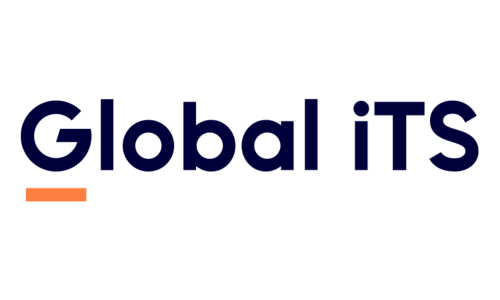In today’s fast-paced business environment, organizations are constantly looking for ways to streamline their operations and improve efficiency. Indeed, one area where significant gains can be made is in the integration of Human Resource Management Systems (HRMS) with financial systems.
To understand the immense benefits of integrating HRMS with financial systems, consider how a seamless flow of data between these two critical functions can revolutionize your organization. For instance, for a deeper dive into the advantages, explore articles discussing the benefits of Integrating HRMS with financial system. This powerful integration isn’t just about convenience; rather, it’s about creating a unified platform that significantly enhances accuracy, effectively boosts efficiency, and crucially provides valuable, real-time insights for better decision-making across your entire business.
There are many benefits to integrating HRMS with financial systems, including:
Improved Accuracy
Firstly, integration significantly reduces errors. It also improves the accuracy of payroll and other financial transactions.
Increased Efficiency
Secondly, integration automates many manual tasks, such as data entry and reconciliation. This frees up HR and finance staff for more strategic work.
Better Decision-Making
Moreover, integration provides organizations with better data and insights into their workforce. This data can then inform decisions on hiring, compensation, and other HR matters.
Enhanced Compliance
Finally, integration helps organizations comply with various regulations. This includes those related to payroll taxes and benefits.
Key Considerations for Integration
When integrating HRMS with financial systems, keep these key points in mind:
Data Security
Crucially, ensure data is secure and protected throughout the integration process.
Data Accuracy
Furthermore, it’s vital to ensure data remains accurate and up-to-date.
Compatibility
Also, choose HRMS and financial systems that are compatible with each other.
Cost
Lastly, consider the total cost of integration. This includes software, hardware, and implementation expenses.
Best Practices for Integration
Organizations can follow several best practices for a successful HRMS and financial systems integration:
Develop a Clear Plan
First, develop a clear integration plan. This should include goals, timelines, and required resources.
Choose the Right Vendors
Next, select HRMS and financial system vendors that offer compatibility and meet your organization’s needs.
Test the Integration Thoroughly
Crucially, thoroughly test the integration before going live. This ensures everything works properly.
Provide Training and Support
Finally, provide comprehensive training and ongoing support to employees on how to use the integrated systems.
By following these best practices, organizations can ensure a successful integration of HRMS with financial systems.
Conclusion
The integration of HRMS with financial systems is a valuable investment for organizations of all sizes. By streamlining operations, improving accuracy, and providing better data and insights, integration can help organizations to improve their bottom line. To read and learn more about our core HRMS system designed to streamline your internal operations, please visit us at www.globalits.bh.
About Global iTS
Global Information Technology Solutions (GiTS) is a leading IT company focused on empowering businesses through solutions built on their expertise and partnership with Microsoft Dynamics 365. They specialize in the BFSI sector, with a broad client base in the Financial Services, Insurance, and Investment industries, helping them optimize operations through digital transformation. GiTS offers comprehensive, industry-specific services tailored to each company’s unique needs. Their commitment is to become the world’s most trusted technology partner for businesses.
GiTS now has 11 offices globally, located in Bahrain, India, Jordan, Pakistan, UAE, Saudi Arabia, Oman, Kuwait, Singapore, and more.






